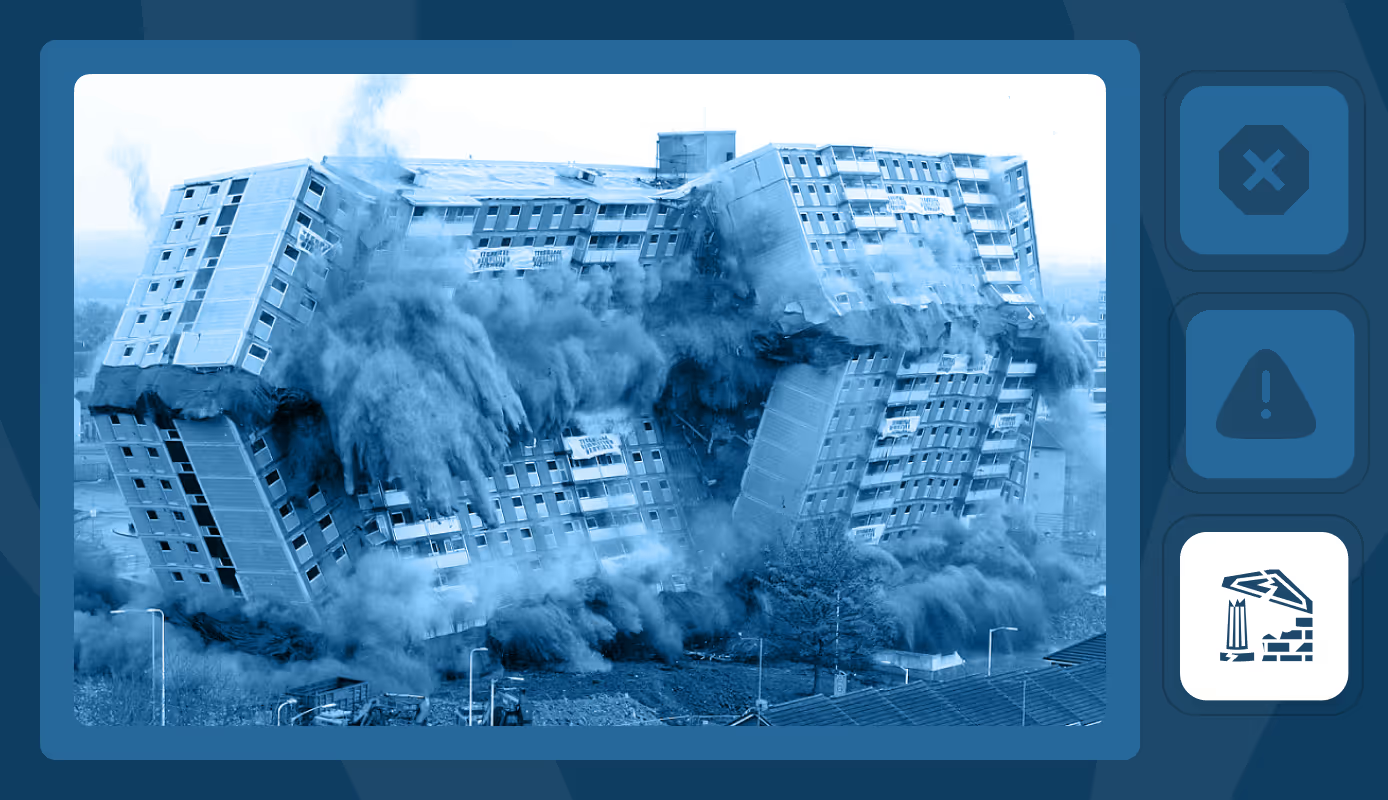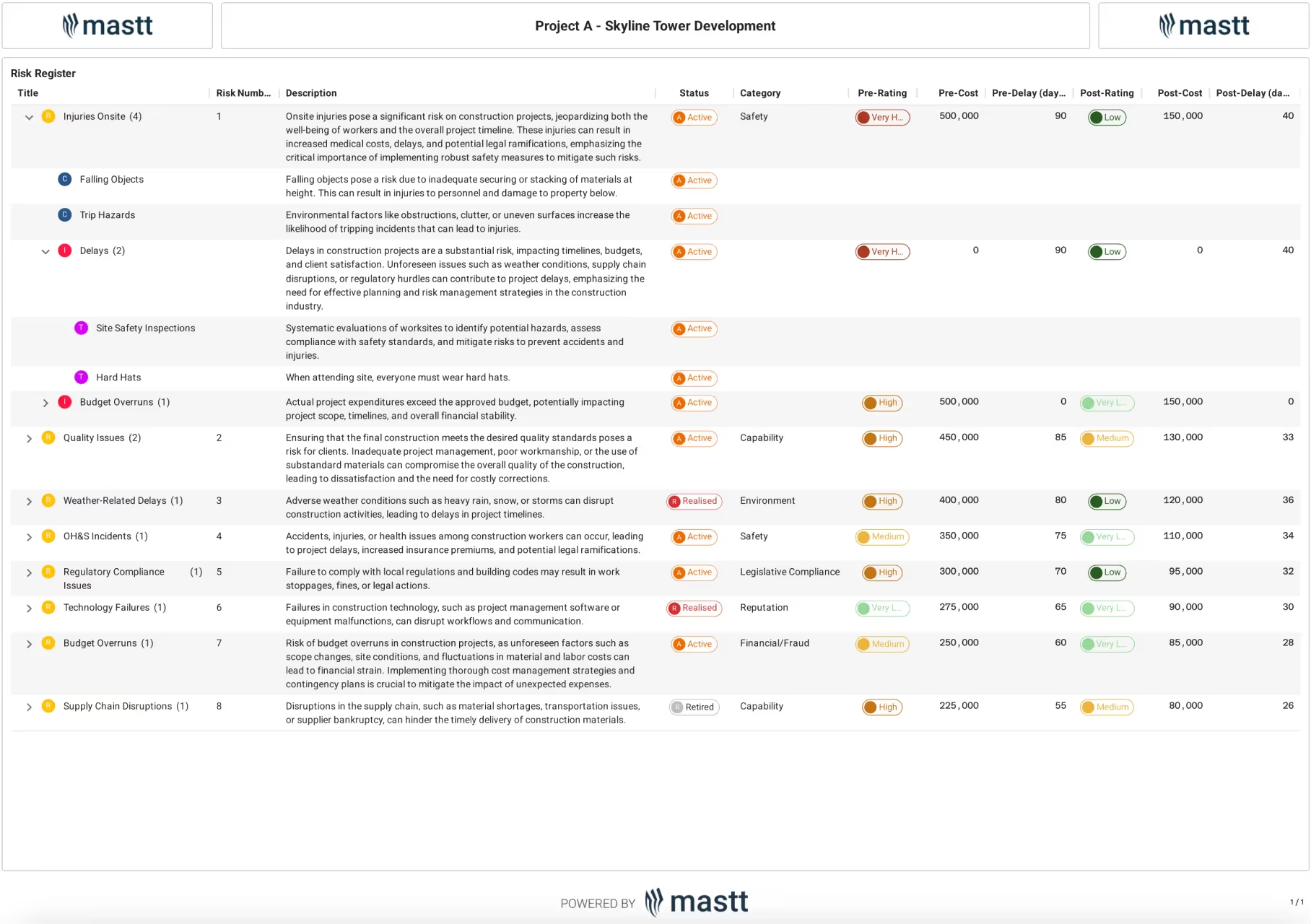Building collapses are one of the most terrifying failures imaginable in the construction industry. One moment, everything feels stable. The next, the structure gives way and there’s no time to react.
These structural collapses are almost never random. Most happen because of ignored warnings, poor construction, or design flaws that should have been caught. Let’s look at 15 of the deadliest building collapses ever recorded and why they happened.
1. Fidenae Amphitheater: Collapsed Seating Killed Thousands
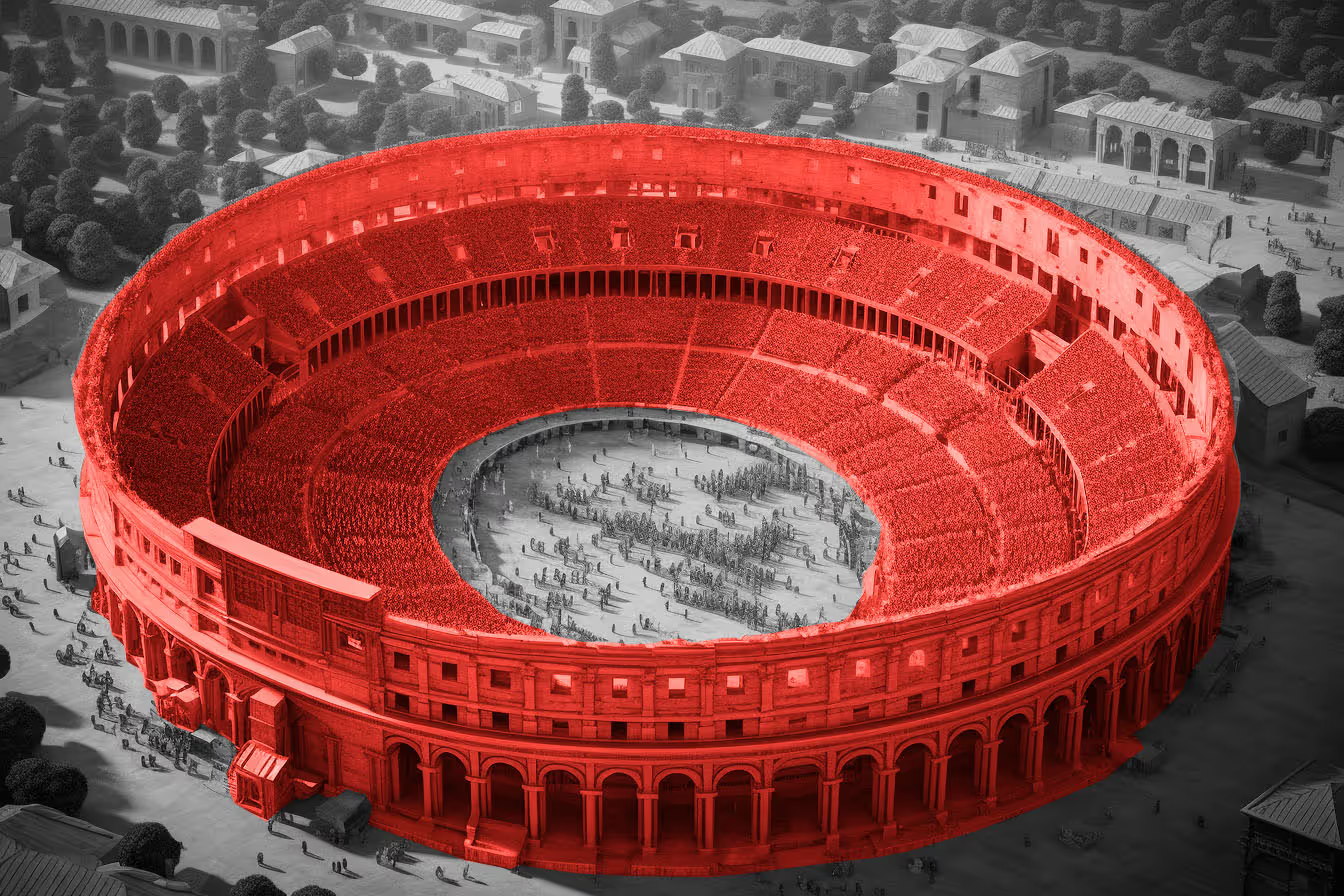
This is the deadliest known building collapse in history. In 27 CE, a timber amphitheater outside Rome gave way during a crowded event, killing thousands. The structure failed under the weight of spectators due to poor construction and lack of proper foundations.
- Date: 27 CE
- Location: Fidenae, near Rome, Italy
- Structure type: Temporary wooden amphitheatre
- Deaths: ~20,000 (Estimate: ancient sources vary)
- Immediate trigger: Overcrowding during public games
- Underlying cause: Inadequate foundations and shoddy construction
- Failure mode: Sudden structural collapse under live load
- Warnings noted: None reported
The Fidenae Amphitheatre disaster prompted new laws in the Roman Empire requiring inspections and approval for public structures. It remains a historic example of why crowd loads and construction oversight matter, even in temporary builds.
2. Ponte das Barcas: Bridge Collapse During Mass Panic

On a rainy March day in 1809, chaos broke out in Porto. As French troops closed in, thousands of civilians rushed onto Ponte das Barcas to escape. The weight was too much. The pontoons gave way, the bridge split, and the Douro River swallowed thousands in one of the deadliest building collapses of the 19th century.
- Date: March 29, 1809
- Location: Porto, Portugal
- Structure type: Pontoon bridge
- Deaths: ~4,000 (Estimate: widely cited; actual number unknown)
- Immediate trigger: Overloading during a mass evacuation
- Underlying cause: Floating structure lacked proper anchorage for crowd weight
- Failure mode: Collapse of pontoon segments under live load
- Warnings noted: None reported
The Ponte das Barcas disaster turned a military retreat into one of the deadliest bridge collapses ever recorded. Today, memorial tiles in Porto’s Ribeira district mark the site. It's a haunting reminder that even a temporary structure needs to be ready for permanent consequences.
3. World Trade Center Towers: Two Skyscrapers Fell in Front of the World
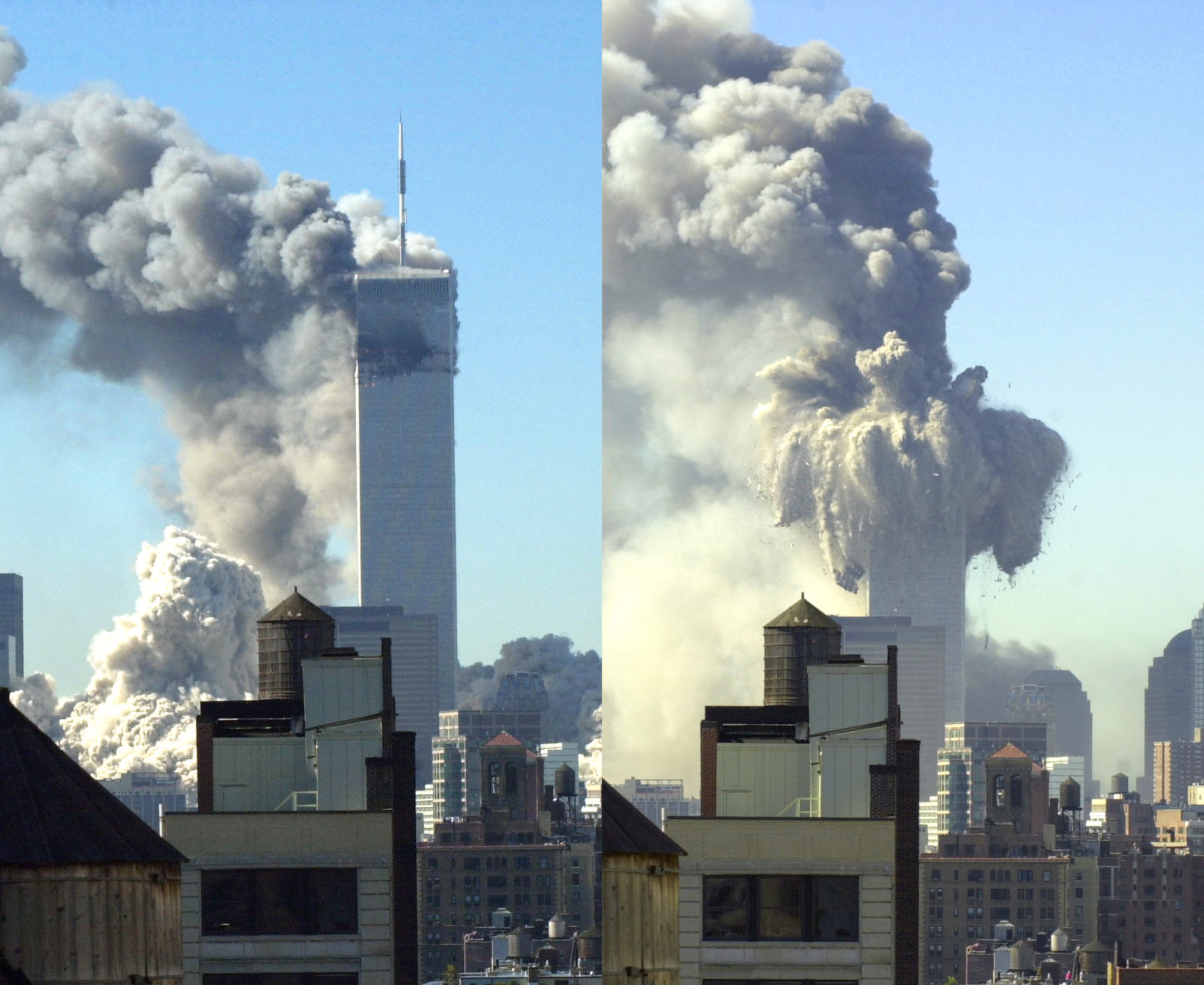
On the morning of September 11, 2001, two hijacked commercial airplanes struck the Twin Towers in New York City. The impacts and resulting fires caused both buildings to collapse within hours. At the time, the World Trade Center towers were among the tallest in the world.
- Date: September 11, 2001
- Location: New York City, USA
- Structure type: Twin high-rise towers (WTC 1 and 2)
- Deaths: 2,977 (excluding 19 hijackers)
- Immediate trigger: Aircraft impact and multi-floor fires
- Underlying cause: Fire-induced structural failure from weakened steel and floor sagging
- Failure mode: Progressive collapse triggered by buckling of core and perimeter columns
- Warnings noted: None before the event; internal structural failures began minutes before collapse
The collapses were broadcast live around the world and became the most studied structural failure in modern history. The National Institute of Standards and Technology (NIST) concluded that while the towers’ design met codes, the fireproofing was dislodged on impact and the fires caused the steel to weaken.
NIST’s investigation reshaped how engineers think about fire safety, load redistribution, and evacuation in tall buildings. It marked a turning point in global building codes and structural resilience.
4. South Fork Dam: The Flood That Wiped Out a Town

In 1889, after days of relentless rain, the South Fork Dam above Johnstown, Pennsylvania gave way. The dam released about 20 million tons of water in minutes, sending a wall of debris-filled floodwater tearing through the valley.
Entire neighborhoods were flattened, and over 2,000 people were killed in what became known as the Johnstown Flood.
- Date: May 31, 1889
- Location: Johnstown, Pennsylvania, USA
- Structure type: Earthen dam
- Deaths: 2,209 (officially recorded)
- Immediate trigger: Heavy rainfall leading to overtopping and dam breach
- Underlying cause: Dam modifications, reduced spillway capacity, and poor maintenance
- Failure mode: Overtopping erosion and complete breach of earthen embankment
- Warnings noted: Concerns raised about dam safety, but no action taken
Investigators later found that the South Fork dam had been poorly maintained, its spillway partially blocked, and its crest lowered to allow for a carriage road. Despite warnings, no repairs were made.
The structural failure led to observance of National Dam Safety Awareness Day in the US. It also marked the first major disaster response led by the American Red Cross. The South Fork Dam incident remains one of the deadliest civil engineering failures in U.S. history.
5. Vajont Dam: A Tsunami Without an Ocean
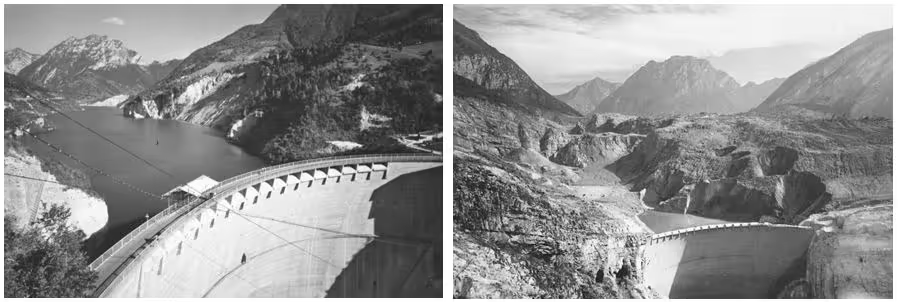
On the night of October 9, 1963, about 270 million cubic meters of rock slid into the Vajont reservoir in northern Italy. The landslide triggered a wave over 250 meters high that surged over the Vajont dam and crashed into the villages below. Nearly 2,000 people were killed in seconds, even though the dam itself remained standing.
- Date: October 9, 1963
- Location: Vajont Valley, near Longarone, Italy
- Structure type: Concrete arch dam and reservoir
- Deaths: ~2,000 (Estimate: commonly cited range 1,917–2,000)
- Immediate trigger: Massive landslide into reservoir
- Underlying cause: Known geologic instability of Monte Toc slopes and continued reservoir operation
- Failure mode: Tsunami wave overtopping dam due to displacement of reservoir water
- Warnings noted: Multiple reports of slope movement and previous landslides
The Vajont Dam disaster is now a textbook case of ignoring geotechnical risk. Experts had raised concerns about the mountain's stability, but the reservoir kept filling.
The Vajont dam itself never broke, but the decision to ignore the warning signs proved just as deadly. The event became a turning point in how engineers assess slope risk around reservoirs.
6. Eitai Bridge: A Festival Turned Fatal
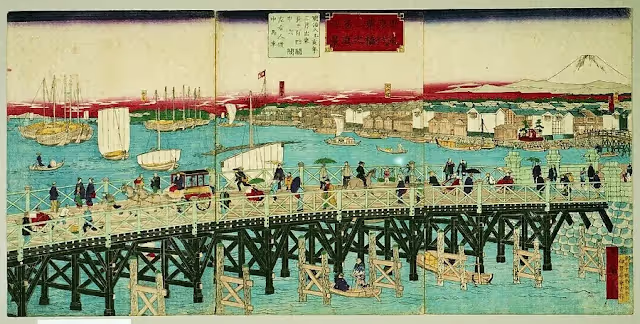
What began as a joyful night in Edo quickly turned into tragedy. In 1807, festival crowds surged onto the Eitai Bridge to watch fireworks. The wooden structure couldn’t handle the weight and collapsed into the Sumida River. Nearly 1,500 people drowned in one of Japan’s deadliest civil disasters of the era.
- Date: September 20, 1807
- Location: Edo (modern-day Tokyo), Japan
- Structure type: Timber bridge
- Deaths: ~1,500 (Estimate: widely accepted historical figure)
- Immediate trigger: Overcrowding during festival
- Underlying cause: Structural overloading of timber bridge with no crowd control
- Failure mode: Collapse of central section under excessive live load
- Warnings noted: None reported
The Eitai Bridge disaster shocked the Tokugawa authorities and exposed the risks of unregulated crowding on infrastructure. While formal building codes didn’t yet exist, it led to greater scrutiny of bridge design and capacity in the years that followed.
In later years, Japan introduced stronger bridge designs and began recognizing crowd control as part of safe urban planning. The Eitai bridge incident remains one of the deadliest building and bridge collapses of Japan’s Edo period.
7. Rana Plaza: A Collapse Everyone Saw Coming

On April 23, 2013, deep fissures appeared along the walls and columns of Rana Plaza. The eight-story building housed several garment factories and shops near Dhaka. Engineers recommended evacuation.
But the next morning, over 3,000 workers were told to return. Within hours, the entire building pancaked, killing 1,134 people and injuring thousands more.
- Date: April 24, 2013
- Location: Savar, Dhaka District, Bangladesh
- Structure type: Multi-story commercial building
- Deaths: 1,134
- Immediate trigger: Structural collapse following reported cracks
- Underlying cause: Illegal expansion, overloaded floors, and substandard construction
- Failure mode: Progressive collapse initiated by column failure
- Warnings noted: Cracks documented the day before; ignored by management
The structure failure exposed major flaws in Bangladesh’s building oversight and labor safety enforcement. The Rana Plaza incident triggered global reforms in factory inspections and led to new safety agreements signed by international retailers.
8. Circus Maximus: Timber Seating Gave Way Mid-Event
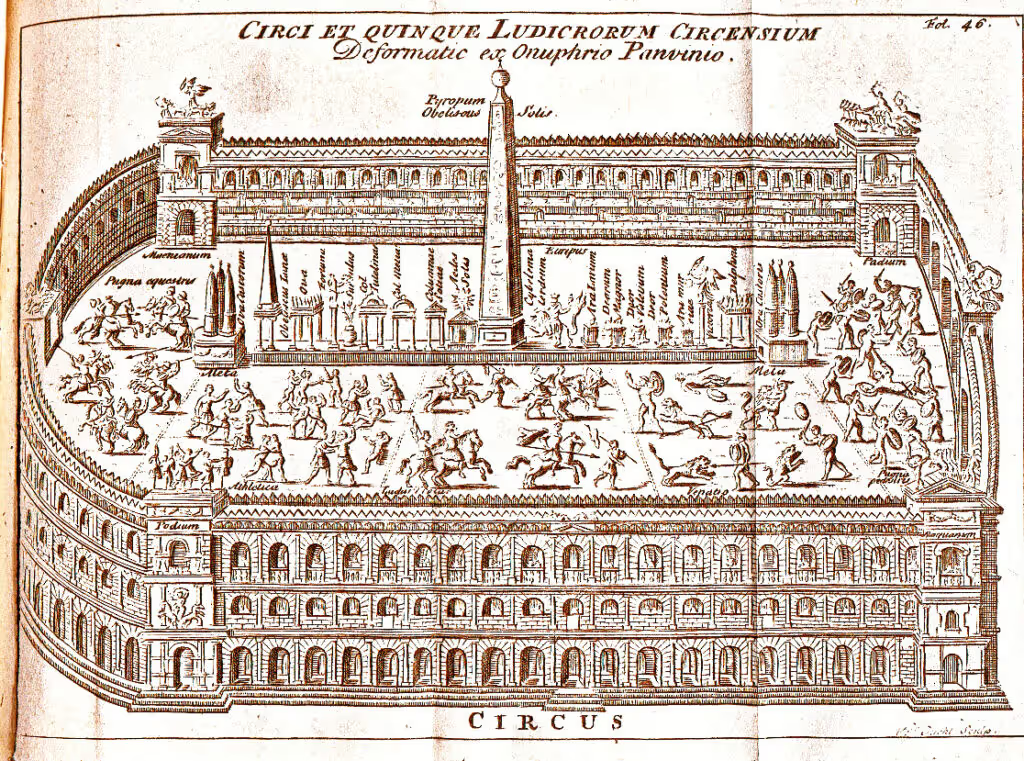
In 140 CE, Rome’s Circus Maximus was packed with spectators. As crowds gathered for a public event, a section of the timber seating collapsed. The fall crushed and trapped people in the stands and below.
- Date: 140 CE
- Location: Rome, Italy
- Structure type: Stadium seating (timber stands)
- Deaths: ~1,112 (Estimate: based on Roman accounts)
- Immediate trigger: Structural failure during crowded event
- Underlying cause: Weak timber construction and poor maintenance
- Failure mode: Sudden collapse of elevated seating platforms
- Warnings noted: None reported in historical records
The Circus Maximus tragedy highlighted the limits of large-scale timber construction, especially in venues handling massive crowds. While Roman engineering is often celebrated, this event revealed what could go wrong without regular inspection or sound material choices.
Circus Maximus is one of the earliest recorded reminders of why spectator safety must be built into every public structure, no matter the century.
9. Sampoong Department Store: A Collapse Engineered by Greed

On June 29, 1995, shoppers in Seoul’s upscale Sampoong Department Store heard loud cracking sounds. Minutes later, the entire south wing collapsed, killing 502 people and injuring nearly 1,000 more.
The Sampoong Department Store building collapse was South Korea’s deadliest peacetime disaster. It was also one that could have been prevented at nearly every stage.
- Date: June 29, 1995
- Location: Seoul, South Korea
- Structure type: Five-story commercial department store
- Deaths: 502
- Immediate trigger: Structural failure in weakened columns
- Underlying cause: Unauthorized design changes, substandard construction, and added loads
- Failure mode: Punching shear failure leading to progressive collapse
- Warnings noted: Major cracks were noticed on the day of collapse; ignored by management
The Sampoong building was never meant to be a department store. It was originally designed as an office tower. Then, the owner insisted on changes that removed support columns to fit escalators. He later added a fifth floor and rooftop air conditioning units, pushing the structure past its limit.
The structural collapse led to sweeping reforms in South Korea’s building code enforcement. The Sampoong Department Store building collapse is now a landmark case in engineering ethics and professional responsibility.
10. St. Francis Dam: A Midnight Collapse That Changed California

Just before midnight on March 12, 1928, the St. Francis Dam burst without warning. Within minutes, a 55-meter wall of water surged through California’s Santa Clara Valley, flattening everything in its path. More than 400 people were killed in one of the worst engineering disasters in U.S. history.
- Date: March 12, 1928
- Location: Los Angeles County, California, USA
- Structure type: Concrete gravity-arch dam
- Deaths: ≥431 (Estimate: commonly cited as 431–450+)
- Immediate trigger: Sudden structural failure of dam
- Underlying cause: Poor site geology and design misjudgments
- Failure mode: Foundation failure at dam’s left abutment
- Warnings noted: Cracks and leaks observed prior to failure; not acted upon
The St. Francis Dam collapse exposed critical flaws in dam design and site selection. It also marked the end of famed engineer William Mulholland’s career. The disaster directly led to the creation of California’s dam safety program, now one of the most robust in the world.
11. Synagogue Church Guesthouse: Collapse Amid Denial and Delay
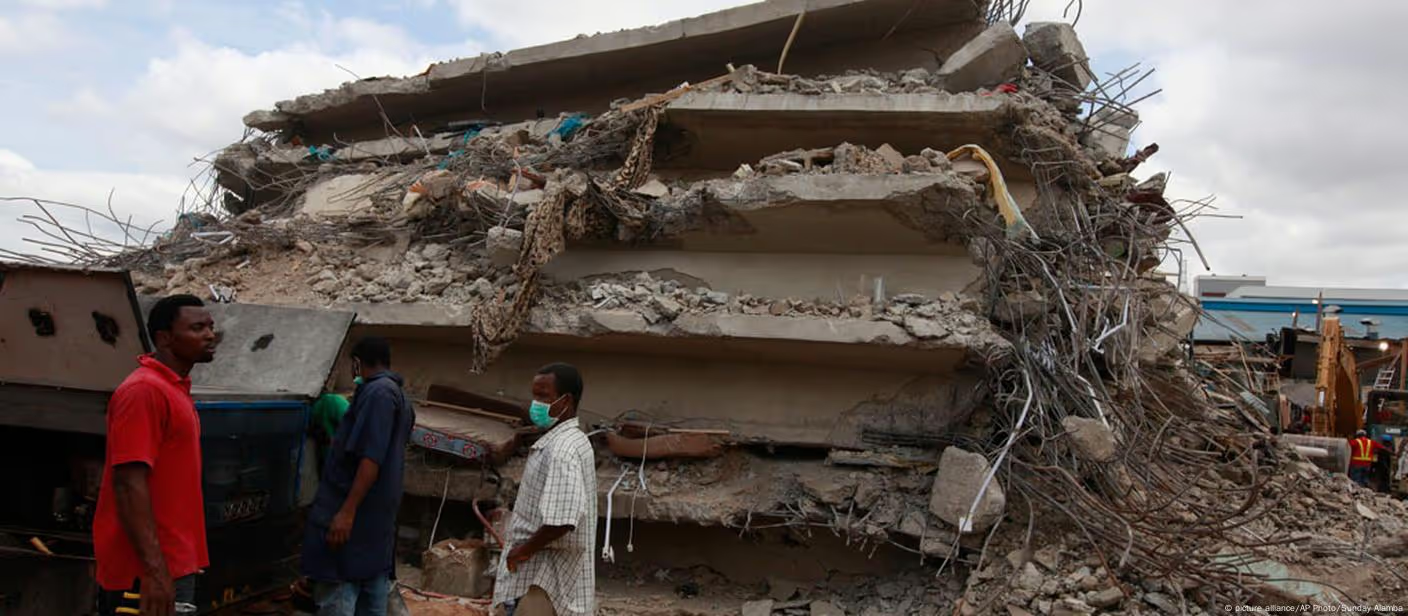
In 2014, a multi-story guesthouse attached to the Synagogue Church of All Nations in Lagos suddenly collapsed. Rescue teams pulled 116 bodies from the rubble, most of them foreign visitors. Initial claims blamed a mysterious aircraft, but a coroner’s inquest pointed clearly to structural failure.
- Date: September 12, 2014
- Location: Lagos, Nigeria
- Structure type: Multi-story guesthouse
- Deaths: 116 (mostly South African nationals)
- Immediate trigger: Unstable structure; collapse during occupancy
- Underlying cause: Design flaws, lack of approvals, and construction without permits
- Failure mode: Structural failure due to inadequate reinforcements
- Warnings noted: None formally recorded before collapse
The official inquest found the building did not meet minimum engineering standards. Columns were under-designed, and reinforcements were insufficient for the height and load.
This building collapse drew global attention to Nigeria’s lack of construction oversight and led to renewed calls for stricter building regulations and professional accountability.
12. Weiguan Jinlong Building: When Concrete Wasn’t Concrete

In 2016, a 17-story Weiguan Jinlong residential tower in Tainan, Taiwan collapsed during a 6.4 magnitude earthquake. While nearby buildings stayed standing, this one folded in seconds. Rescuers later found empty cooking oil cans stuffed inside the concrete columns.
- Date: February 6, 2016
- Location: Tainan, Taiwan
- Structure type: High-rise residential tower
- Deaths: 115
- Immediate trigger: Earthquake shaking during early morning hours
- Underlying cause: Poor construction practices and use of weak materials
- Failure mode: Column failure followed by total collapse
- Warnings noted: No official complaints prior to collapse
The building collapse sparked public outrage and criminal charges. Engineers and contractors were accused of cutting costs with substandard materials. The Weiguan Jinlong Building disaster became a national wake-up call for construction quality control and led to stricter oversight of seismic design in Taiwan’s housing sector.
13. CTV Building: Designed to Fail, Doomed to Collapse
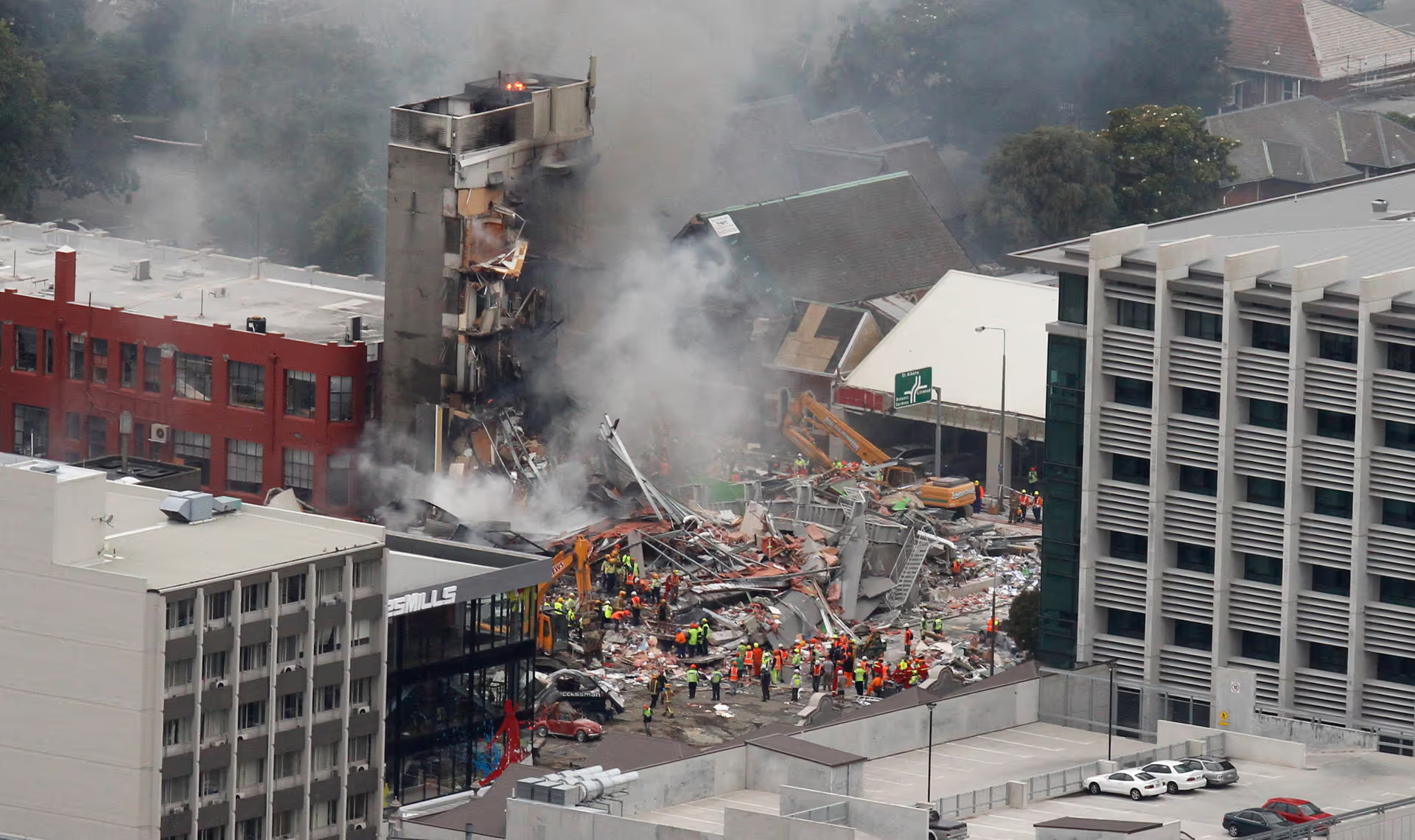
When the ground shook in Christchurch on February 22, 2011, most buildings held, but the Canterbury Television (CTV) Building didn’t. In seconds, it crumbled into a pile of concrete and dust. Fire crews pulled survivors from the wreckage, but 115 people never made it out.
- Date: February 22, 2011
- Location: Christchurch, New Zealand
- Structure type: Six-story office building
- Deaths: 115
- Immediate trigger: Earthquake shaking during peak office hours
- Underlying cause: Flawed design, poor structural detailing, and lack of ductility
- Failure mode: Total structural failure of core elements
- Warnings noted: Seismic damage recorded after earlier quakes; no closure ordered
An inquiry found the building's engineering was critically deficient, so much so that the CTV building shouldn’t have been approved. The tragedy sparked a national review of legacy buildings and how seismic risks are managed in urban centers.
Today, CTV stands as a case study in why structural design must always be stress-tested for the worst day, not the average one.
14. Hyatt Regency Walkway: A Design Change That Killed 114 People
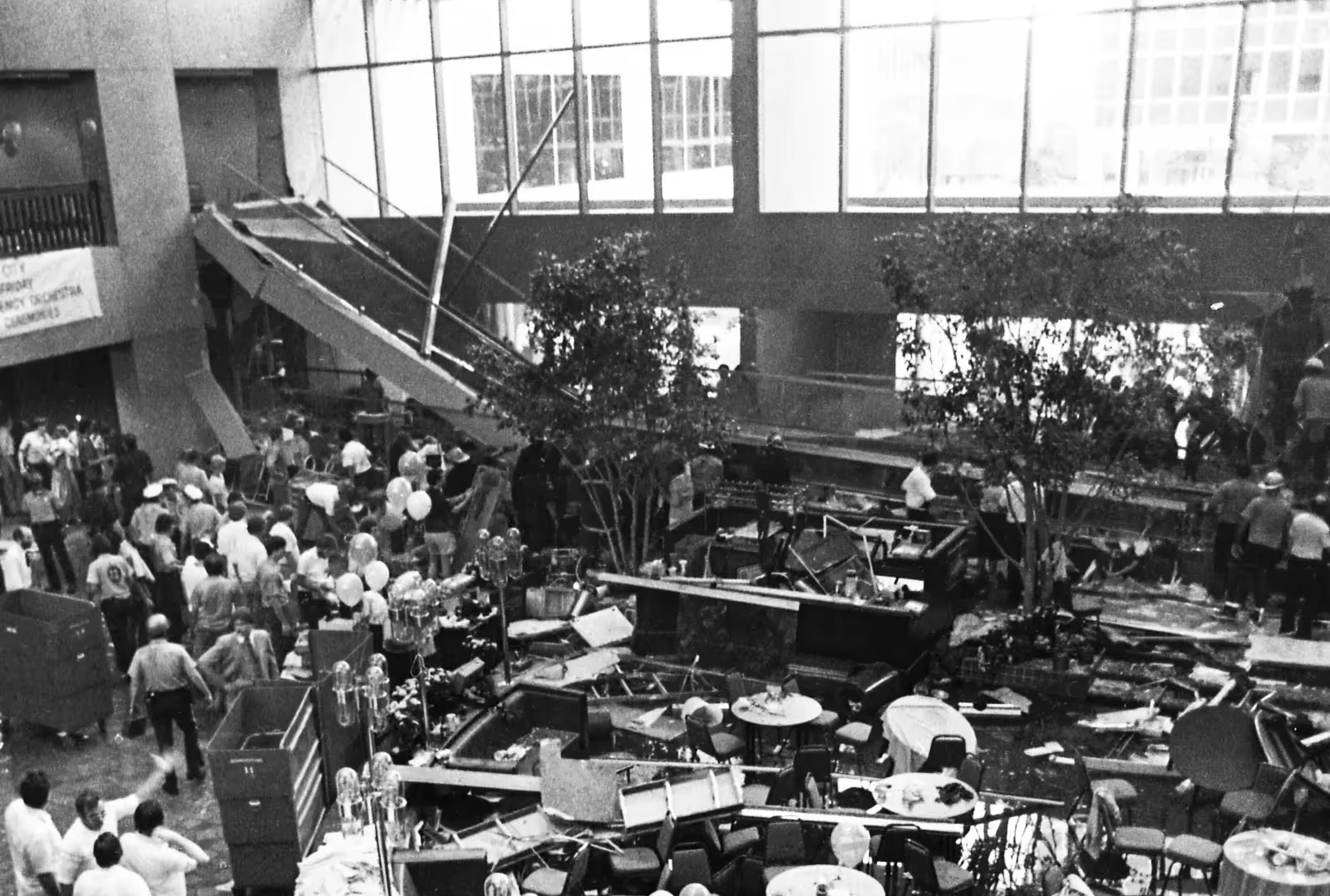
In 1981, two suspended walkways inside the Hyatt Regency hotel in Kansas City collapsed during a crowded dance event. The fourth-floor walkway fell onto the second-floor walkway, and both slammed into the lobby below.
The collapsed building killed 114 people and injured more than 200 others, making the Hyatt Regency Walkway incident the deadliest structural collapse in U.S. history not caused by fire or explosion.
- Date: July 17, 1981
- Location: Kansas City, Missouri, USA
- Structure type: Suspended walkways inside the hotel atrium
- Deaths: 114
- Immediate trigger: Walkway connection failure during live load
- Underlying cause: Design change doubled the load on critical connections
- Failure mode: Connection failure and progressive collapse of both walkways
- Warnings noted: Prior deflection reported, but not fully investigated
Originally, both walkways of the Hyatt Regency were to be supported by the same continuous set of hanger rods. But during construction, the fabricator proposed, and engineers approved, a change that split the rods between the walkways.
The design change unintentionally doubled the load on the upper walkway connections, which were not designed for it. The Hyatt Regency Walkway collapse led to revisions in professional liability practices, peer review of structural changes, and greater scrutiny of design–build coordination.
15. Champlain Towers South: The Collapse Engineers Saw Coming
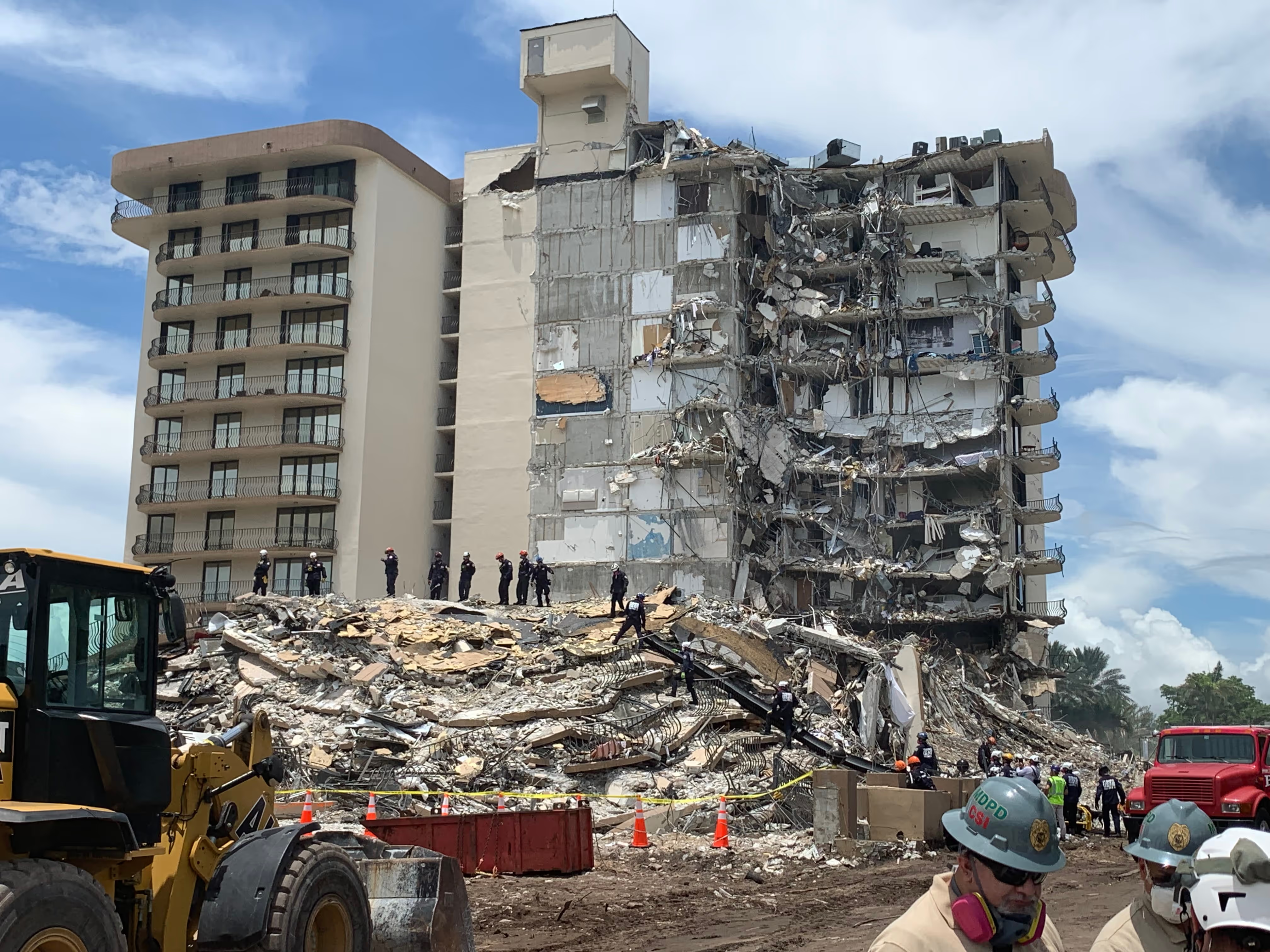
In the early hours of June 24, 2021, a section of Champlain Towers South collapsed without warning. Ninety-eight people were killed as the 12-story condo building partially fell in on itself. The rest was later demolished for safety.
- Date: June 24, 2021
- Location: Surfside, Florida, USA
- Structure type: 12-story reinforced concrete condominium
- Deaths: 98
- Immediate trigger: Structural failure at the pool deck slab
- Underlying cause: Long-term water damage, concrete deterioration, and slab-to-column connection weaknesses
- Failure mode: Punching shear failure followed by progressive collapse
- Warnings noted: A 2018 report flagged “major structural damage”; repairs had not begun
NIST found that poor waterproofing above the pool deck allowed water to seep into the concrete slab. Over time, that moisture corroded the reinforcement and weakened critical connections.
Engineers had documented the issues years earlier. However, repairs were delayed due to cost and coordination challenges. After the Champlain Towers collapse, Florida introduced strict new safety rules for building recertification, especially for older coastal towers.
What Causes Building Collapses? The Real Reasons Behind Structural Failure
Behind every collapse on this list is a deeper failure, one that started long before the structure gave way. Most building collapses don’t happen because of one bad day. They happen because of ignored warnings, rushed decisions, and long-term neglect.
These examples show that most building collapses are not the result of a single issue. They're a chain reaction, where a weak design, poor materials, or deferred decisions come together under stress.
Final Thoughts on Building Collapses
Every building collapse on this list came with a cost far beyond concrete and steel. Lives were lost, communities were shaken, and trust in the built environment was tested.
The lessons are clear: solid design, proper construction, regular inspections, and timely repairs save lives. These building failures didn’t happen overnight and they shouldn’t be forgotten.







